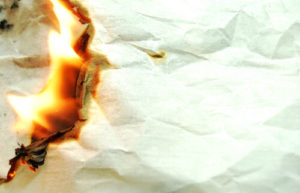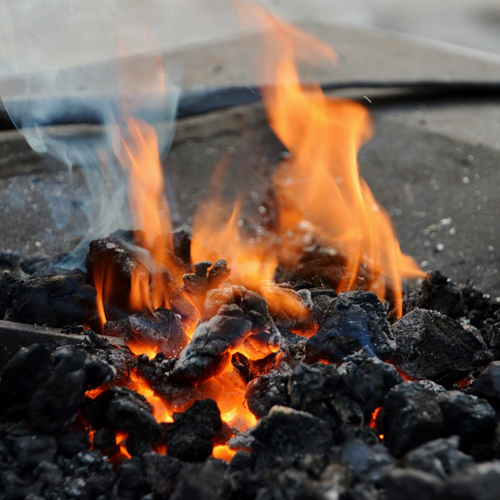With a fire roaring in your fireplace, it can be tempting to throw in the odd bit of paper or cardboard box. Before you toss something other than typical fireplace fuel on the flames, however, you should be aware of some materials that you should never burn in your fireplace. There are several materials that pose a fire or health hazard to your family if you burn them. Here are some materials you should never burn in your fireplace.
Treated lumber
 If you have scraps of lumber to get rid of, throwing it in the fireplace could seem like a win-win: You get rid of the wood, and you get some free fuel for your fireplace. Treated lumber has no place in your fireplace, however. The chemicals on the wood are highly toxic, and burning them in your fireplace can fill your home with hazardous fumes.
If you have scraps of lumber to get rid of, throwing it in the fireplace could seem like a win-win: You get rid of the wood, and you get some free fuel for your fireplace. Treated lumber has no place in your fireplace, however. The chemicals on the wood are highly toxic, and burning them in your fireplace can fill your home with hazardous fumes.
Wrapping paper
A roaring fire and Christmas morning go hand in hand. Why not throw your wrapping paper in the fireplace to get rid of it quickly and easily? Like treated lumber, the colored paper used to wrap presents can fill your home with unhealthy fumes. Additionally, putting paper in the fireplace
can cause a dangerous flareup that could cause your chimney to ignite.
Cardboard
Cardboard shouldn’t be burned in the fireplace for the same reason that wrapping paper shouldn’t — colored ink gives off toxic fumes. The sudden combustion of the cardboard can also cause a spike in the fire’s temperature, possibly igniting a chimney fire.
 Charcoal
Charcoal
Cooking over an open fire is surely romantic, but when it comes to cooking over charcoal, that should be done outside exclusively. Charcoal releases carbon monoxide when burned, and that carbon monoxide can poison the people or pets in your home.
Wet wood
Wet wood is difficult to ignite and keep burning, but the problems with burning wet wood go far beyond that. Improperly seasoned or wet wood burns at a lower temperature than dry or properly seasoned firewood. When wood isn’t burning efficiently, it generates more smoke. That heavy, cooler smoke causes condensation that leads to a rapid buildup of dangerous creosote. Wet firewood accelerates the buildup of creosote, putting your chimney at risk of a fire.
Christmas trees
If you have a Christmas tree, chopping it up to put in the fireplace after the holidays seems sensible. But burning a Christmas tree isn’t ideal. First, the wood hasn’t been properly cured and will lead to excessive creosote buildup. Most Christmas tree species also contain resins that burn rapidly and at high temperatures that can cause your chimney to ignite.
Ultimately, you should never burn anything in your fireplace that wasn’t intended as fuel for your fireplace. That means only dry, seasoned firewood should go into a wood-burning fireplace, only pellets — or other bio fuels deemed appropriate by your fireplace manufacturer — should go into heating fireplaces and nothing should go into your self-fueled gas fireplace or stove.



